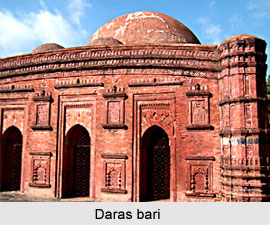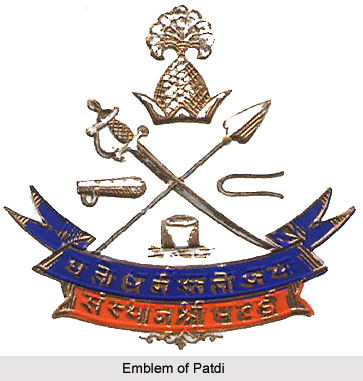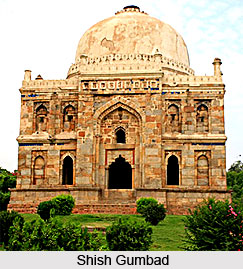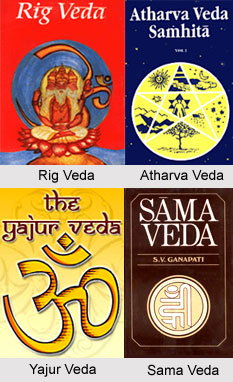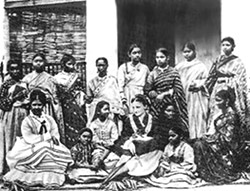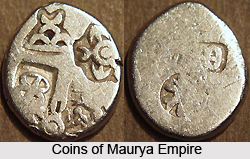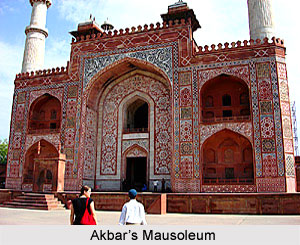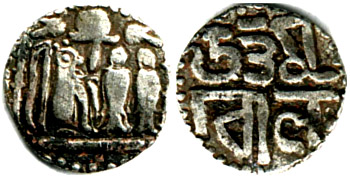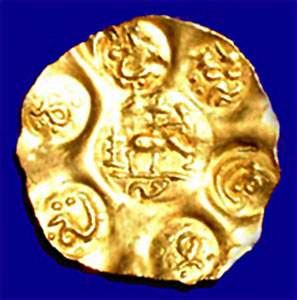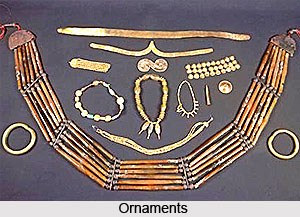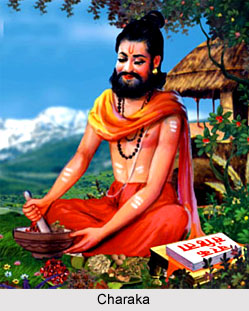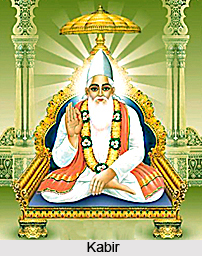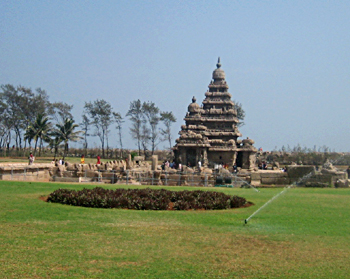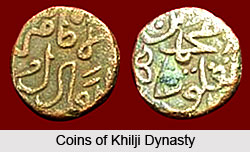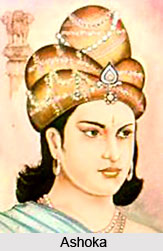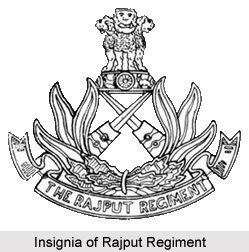 The Rajput Regiment was a former infantry regiment that was formed under British East India Company. It served under the British administration from 1778 till 1947. After the independence of India, the Rajput Regiment was assigned to the modern Indian Army. The military unit consisted personnel mainly from the Rajput race in India. The Rajputs were identified as one of the Indian martial races by the British Government of India. Thus the British Indian Army recruited numerous Rajputs into the armed force.
The Rajput Regiment was a former infantry regiment that was formed under British East India Company. It served under the British administration from 1778 till 1947. After the independence of India, the Rajput Regiment was assigned to the modern Indian Army. The military unit consisted personnel mainly from the Rajput race in India. The Rajputs were identified as one of the Indian martial races by the British Government of India. Thus the British Indian Army recruited numerous Rajputs into the armed force.
History of Rajput Regiment
The 3rd Battalion of the 31st Regiment of Bengal Native Infantry was raised in 1778 which included only Rajput troops. Moreover the 1st Battalion and the 2nd Battalion, formed in 1798, also consisted of the Rajputs. Later the troops of the 3rd Battalion, 31st Regiment of Bengal Native Infantry fought against the ruler of Mysore, Hyder Ali and successfully occupied Cuddalore. Due to the valiant service of the Rajput troops in the battle, the British administration granted the crossed daggers badge which eventually became the military badge of the Rajput Regiment. The 1st Battalion took part in the Battle of Delhi in 1803 and later fought in the Siege of Bharatpur in the year 1805. The 1st Battalion and the 4th Battalion also fought against the Gurkhas during the British campaign.
The 1st Battalion, 2nd Battalion, 3rd Battalion, 4th Battalion and the 5th Battalion of the 31st Regiment of Bengal Native Infantry were all Rajput Battalions. These actively fought against the Sikhs troops during the Anglo-Sikh Wars. During the Sepoy Mutiny in 1857, most of the Bengal infantry regiments were disbanded. The 2nd Rajput Battalion, 3rd Rajput Battalion and 4th Rajput Battalion were dissolved temporarily during this period. The 1st Battalion, 31st Regiment of Bengal Native Infantry later served in Saugor and was honoured with the title of Light Infantry in recognition of gallantry. The 1st Battalion was later designated as the Queen`s Own in 1876 and was assigned as the Royal regiment.
Military Operations of Rajput Regiment
During the First World War, the Rajput battalions provided significant military service under the British Empire in India. The troops of the 1st Battalion took part in the Battle of Dujailah in Mesopatamia and were almost destroyed. The 3rd Battalion participated in the Battle of Kut-al-Amara and the Battle of Qurna and fought against the Turks. After the culmination of World War I, the Rajput Regiments were bestowed with several battle honours and military awards.
All the British Indian infantry regiments were re-structured and re-organised in 1922. Most of the Rajput regiments were merged together and were re-designated as the battalions of the newly formed 7th Rajput Regiment. The regiment included 6 battalions which are listed as follows-
1st Battalion of 7th Rajput Regiment
* 2nd Battalion, 15th Bengal Native Infantry (1798 to 1857)
* 31st Bengal Native Infantry (1857 to 1861)
* 2nd Bengal Native Light Infantry (1861 to 1876)
* 2nd (The Queen`s Own) Bengal Native Light Infantry (1876 to 1897)
* 2nd (The Queen`s Own) Rajput Bengal Light Native Infantry (1897 to 1901)
* 2nd (The Queen`s Own) Rajput Light Infantry (1901 to 1911)
* 2nd Queen Victoria`s Own Rajput Light Infantry (1911 to 1922)
2nd Battalion of 7th Rajput Regiment
* 2nd Battalion, 16th Bengal Native Infantry (1798 to 1824)
* 33rd Regiment of Bengal Native Infantry (1824 to 1861)
* 4th Regiment of Bengal Native Infantry (1861 to 1890)
* 4th (Prince Albert Victor`s) Bengal Infantry (1890 to 1897)
* 4th (Prince Albert Victor`s) Rajput Regiment, Bengal Infantry (1897 to 1901)
* 4th Prince Albert Victor`s Rajputs (1901 to 1922)
3rd Battalion of 7th Rajput Regiment
* 1st Battalion, 24th Regiment of Bengal Native Infantry (1798 to 1824)
* 69th Bengal Native Infantry (1824 to 1828)
* 47th Bengal Native Infantry (1828 to 1861)
* 7th Bengal Native Infantry (1861 to 1883)
* 7th (Duke of Connaught`s Own) Bengal Native Infantry (1883 to 1893)
* 7th (Duke of Connaught`s Own) Rajput Regiment of Bengal Native Infantry (1893 to 1903)
* 7th (Duke of Connaught`s Own) Rajput Infantry (1903 to 1922)
4th Battalion of 7th Rajput Regiment
* 1st Battalion, 30th Bengal Native Infantry (1798 to 1824)
* 59th Bengal Native Infantry (1824 to 1861)
* 8th Bengal Native Infantry (1861 to 1897)
* 8th (Rajput) Bengal Infantry (1897 to 1901)
* 8th Rajput Infantry (1901 to 1922)
5th Battalion of 7th Rajput Regiment
* 2nd Extra Battalion, Bengal Native Infantry (1825 to 1828)
* 70th Bengal Native Infantry (1828 to 1861)
* 11th Bengal Native Infantry (1861 to 1885)
* 11th Bengal Infantry (1885 to 1897)
* 11th (Rajput) Bengal Infantry (1897 to 1901)
* 11th Rajput Infantry (1901 to 1922)
10th (Training) Battalion of 7th Rajput Regiment
* Regiment of Lucknow (1857 to 1861)
* 16th Bengal Native Infantry (1861 to 1864)
* 16th (The Lucknow) Bengal Native Infantry (1864 to 1885)
* 16th (The Lucknow) Bengal Infantry (1885 to 1897)
* 16th (The Lucknow) Rajput Bengal Infantry (1897 to 1901)
* 16th Rajput Infantry (The Lucknow Regiment) (1901 to 1922)
The battalions of the Rajput Regiment served valiantly during the Second World War and participated in a number British Battles and conquests. The 1st Battalion, 7th Rajput Regiment was stationed in Arakan in Burma and took part in the Burma campaign. Later it was assigned duties of defence of the Andaman and Nicobar Islands. The 2nd Battalion was also posted in Arakan region during the Burma campaign and took part in several operations. The 3rd Battalion was sent in Egypt in August 1940.The 4th Battalion, 7th Rajput Regiment served in El Alamein and Sidi Barrani during the Western Desert Campaign. The troops of the 5th Battalion provided significant military service during the Battle of Hong Kong.
Development of Rajput Regiment
After the Indian independence and the Partition of India in August 1947, the 7th Rajput Regiment was assigned to the army of newly formed Union of India. Later the infantry unit was re-designated as the Rajput Regiment.
The troops later participated in several wars and military actions under the Government of India, such as, the Operations in Jammu and Kashmir during the Indo-Pakistani War in 1947; the Indo-China War (Indo China Conflict) in 1962; Indo-Pakistani War or Indo Pak War, 1965; and the Indo- Pak War, 1971. At present, the regimental center of the Rajput Regiment is located in Fatehgarh in Farrukhabad district in Uttar Pradesh. The infantry unit currently recruits Rajputs, Jats, Bengali Hindus, Dogras, Muslims, Gujjars, Sikhs and Ahirs.


